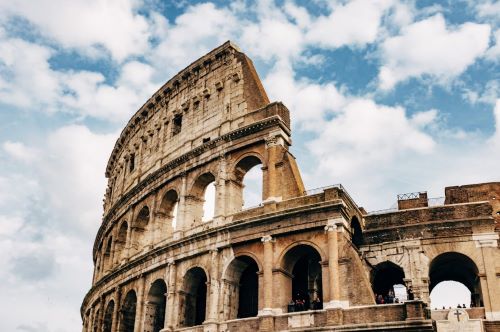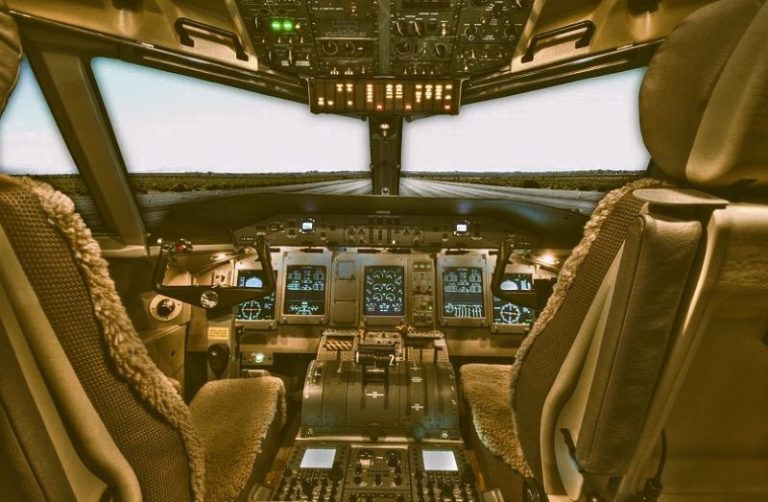

The developments that have already been made in AI and VR are astounding, but they only scratch the surface of what these futuristic technologies will soon be capable of. There’s a chance that the two could soon combine to generate detailed simulations of the past, allowing modern participants to experience history in new ways.
Of all the ancient empires to focus on, the Roman Empire is one of the most fascinating and popular. This could be one of the first eras that developers turn their attention towards when making simulations.
Huge Fascination with Romans in Popular Culture
If there are to be AI simulations of past civilizations, there’s a good chance that the Roman Empire will be explored. The era has always been front and center in the mainstream, and this is highlighted by its prevalence in the booming online casino market.
Of all the online slots at Paddy Power Games, it’s ancient Rome that comes up more often than almost any other theme. Some of the top titles include Rome: The Golden Age, Shields of Rome, and Gladiator: Road to Rome. It’s clear that there’s a huge audience out there for Roman content, and it’s obvious in other sectors of entertainment as well.
Some of the most successful movies of all time have used ancient Rome as inspiration, and new titles are coming out frequently. Gladiator 2 is on the way this year, and it could inspire even more Roman content on the big screen.
AI Could Run Historical Reconstructions
AI has already been implemented in archeology in various ways. For instance, it can identify potential areas for excavation and decipher ancient texts. This is just the beginning, and it will soon be used to recreate historical eras for people to explore interactively. All the known historical data about ancient periods like the Roman Empire could be fed into a machine, which could then learn everything it needed to create a digital reconstruction.
When combining this with VR, there’s the potential for people to enter these ancient simulations and wander around. There will surely be a massive amount of interest in being able to wander the streets of ancient Rome or witness the Colosseum at the height of its glory. Ancient and Recent already offers VR tours of this amazing landmark, the quality is set to get better as technology improves. In the past, we could only imagine such situations. Now, futuristic technology is making it possible.
Potential to Interact With Historical Figures in VR
These groundbreaking steps forward in technology are unlikely to stop at simply exploring the regenerated landscapes of ancient Rome. AI has the potential to recreate historical figures and people living within those times, meaning that the simulations could be fully populated ecosystems.
People who put on the VR headsets to explore ancient Rome may be able to interact with digitalized versions of people of that time. They may even have the chance to get involved with battles or day-to-day jobs from that era. Soon, people will be able to experience history in brand-new ways. AI and VR will converge and offer simulations of ancient eras, with the Roman Empire likely to be covered first. This could be the closest people come to travelling through time.


